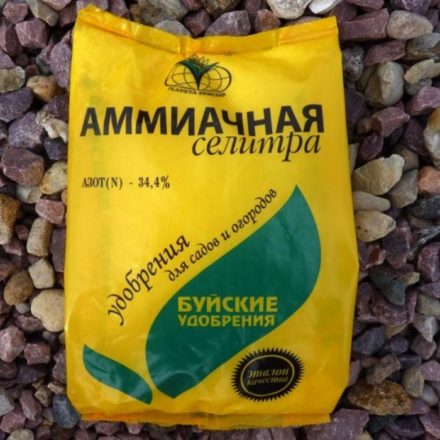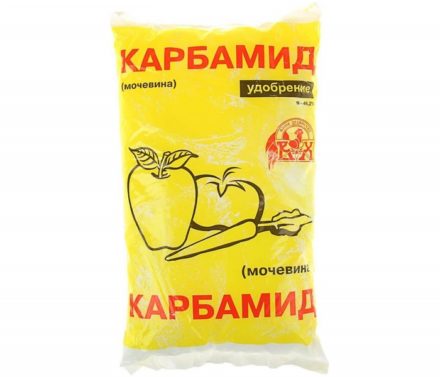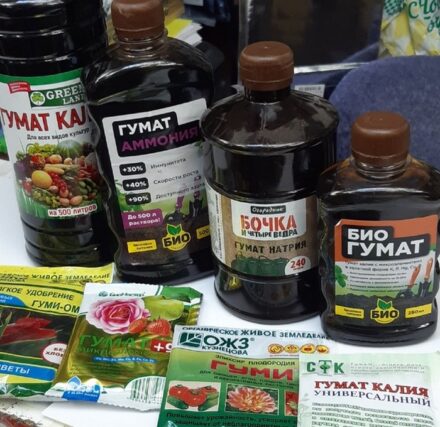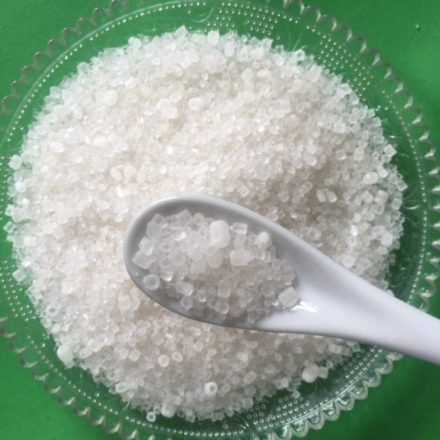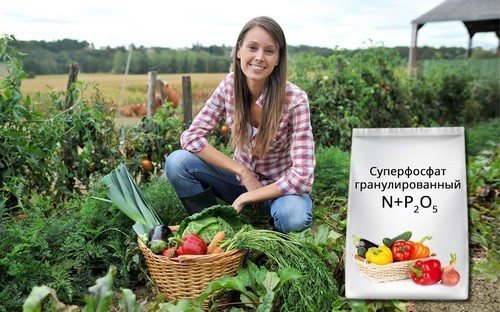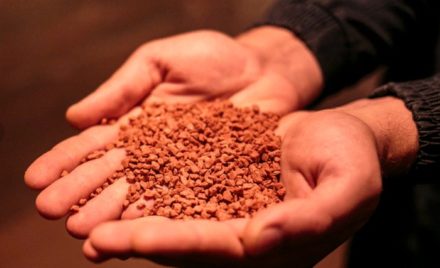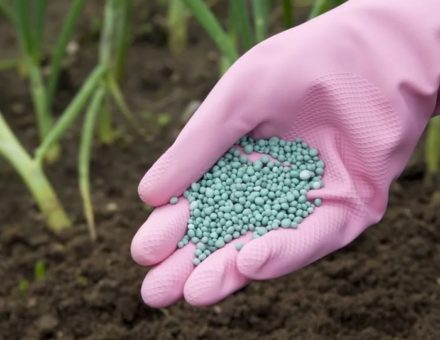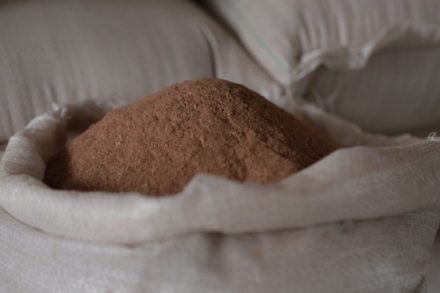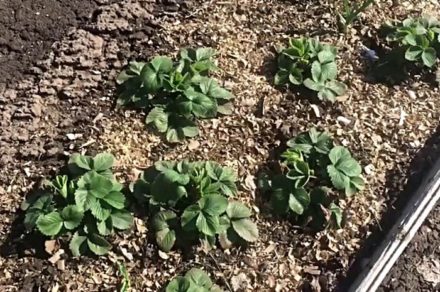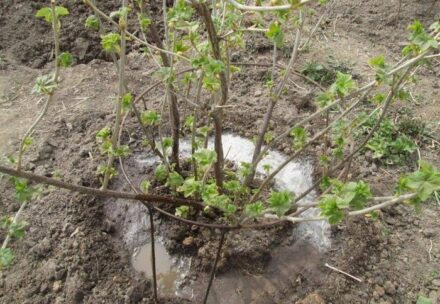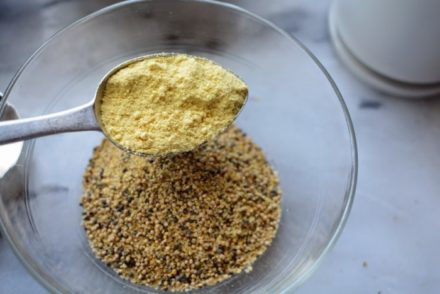Azofoska is a universal fertilizer for gardening and vegetable gardening, suitable for any crops, different types of soil, and any climate. The composition is a mixture of nitrogen, phosphorus and potassium in various proportions. Summer residents can choose azofoska with the desired ratio of elements themselves. Fertilizer is applied in the form of granules or nutrient solution. Azofoska is ideal for spring feeding.
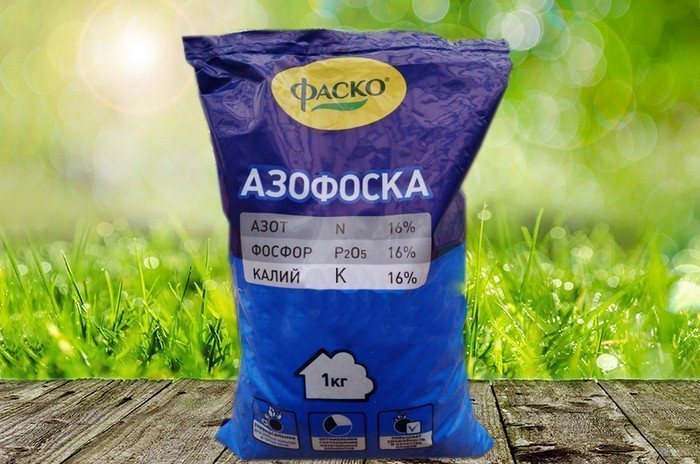
When is the best time to use it?
A less commonly used name for azofoska is nitroammofoska. The most effective composition is with an equal NPK ratio – 16-16-16. In spring, azofoska is applied while digging the soil when forming ridges.
This is usually done when the earth dries out and warms up a little. The specific timing depends on the climatic zone in which the site is located. For vegetable crops and garden strawberries, nitroammophoska can be applied to the hole during planting of seedlings:
- in the southern regions this work is carried out in April;
- in the middle zone, seedlings are transplanted into the ground around mid-May;
- in the north, planting work is postponed until early June.
In the future, fertilizer is also applied. In summer, it is applied in the form of a nutrient solution to the ground or used for spraying (reducing the concentration by 2 times). Azophoska will work most effectively at temperatures above +10 °C.

Popular types of azofoska
The standard composition with an equal ratio of NPK is applied to apple trees, cherries, plums, currants, and gooseberries while digging the soil. For vegetable seedlings, fertilizer is applied to the planting hole, lightly mixing with the soil. This nitroammophoska is used on soil with any structure and acidity.
Fertilizer with NPK 22-11-11 is most suitable for spring feeding, since its nitrogen content is maximum. This azofoska is especially useful for depleted soil. Fertilizer helps quickly restore the nutritional properties of the soil.
The composition with NPK 19-9-19 is used on lands rich in phosphorus. Such soil is typical for the southern regions of the country, where the macroelement is not washed out by meltwater in the spring.
Azofoska strengthens the immunity of plants, helps them adapt to weather changes, has a positive effect on the quality and quantity of the harvest, and increases the shelf life of harvested fruits.
Fertilizer application rates
How to use azofoska is written on the packaging. Recommendations for use from the manufacturer take into account the characteristics of specific crops. The most commonly used type (NPK 16-16-16) in dry form is applied in an amount of 30-40 g per square meter. meter. To prepare liquid fertilizer, use 25-30 g of granules per bucket of water. The solution is added to the bed in an amount of 5-6 liters per 1 square meter. meter. Before planting seedlings, add 0.5 teaspoons of nitroammophoska to the hole.
The dosage of fertilizer should not be exceeded, otherwise excess amounts of nitrates may accumulate in the fruits. And in general, an excess of fertilizer is much more harmful for plants than a lack.Every 2 years, azofoska is replaced with organic fertilizer (compost, humus, herbal infusion) so that the soil is not oversaturated with mineral compounds.
Sometimes it becomes a problem for summer residents to measure out the required amount of fertilizer from the package. You can do this using the data below:
- in 1 teaspoon – 4 g;
- in 1 tbsp. spoon – 13 g;
- in a matchbox – 15 g;
- in a faceted glass – 150 g.
When preparing the solution, a measured dose of fertilizer is first mixed with 1 liter of warm water, stirring the composition until the granules are completely dissolved. After this, the concentrate is diluted using the remaining water.
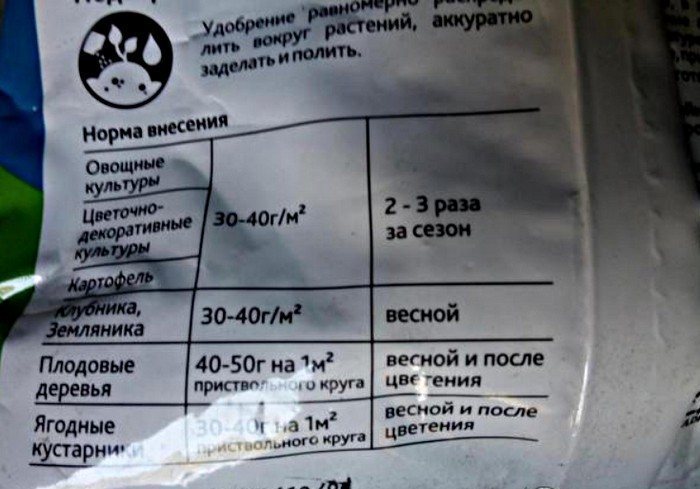
Azofoska as a fertilizer is characterized by efficiency, low toxicity, availability, and low cost. The mineral mixture will provide the plants with the basic essential elements necessary for growth and fruiting. Granules are usually applied in spring and autumn. In summer, fertilizing is used in the form of a solution.


